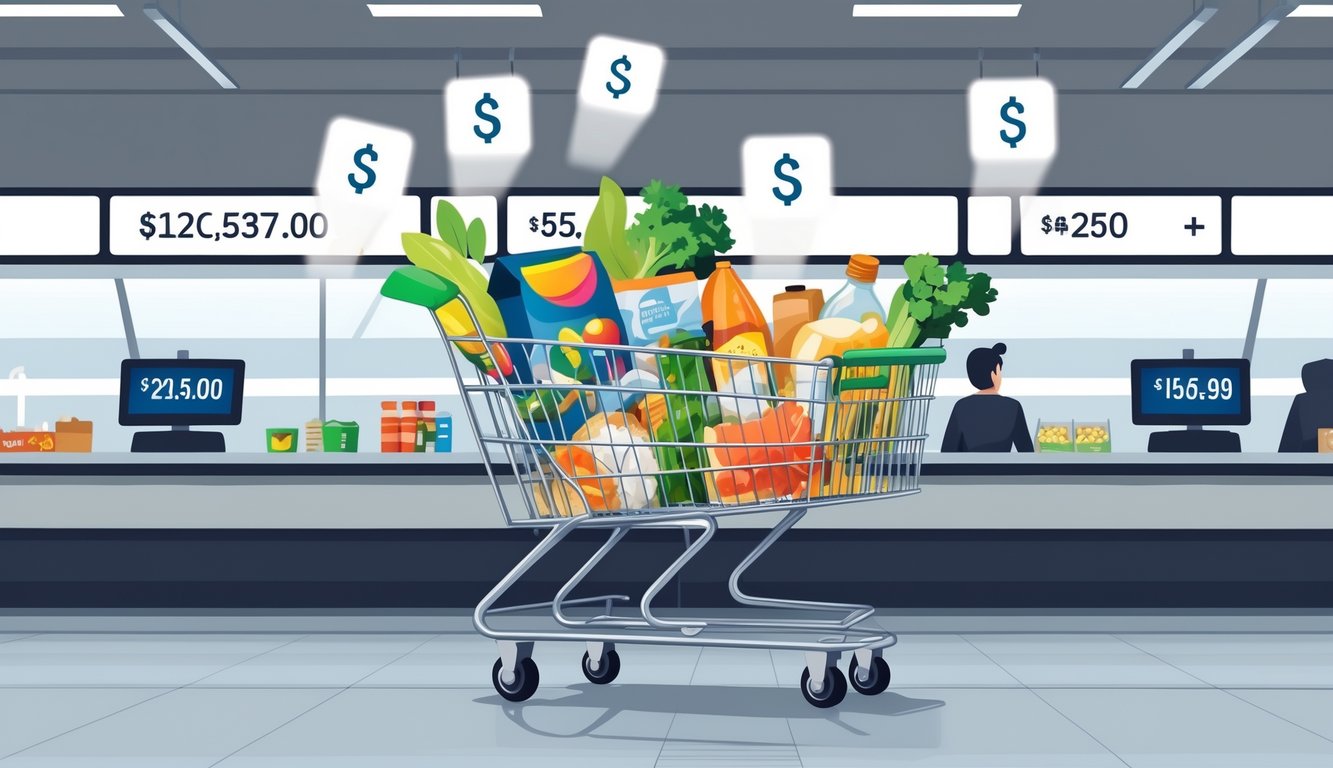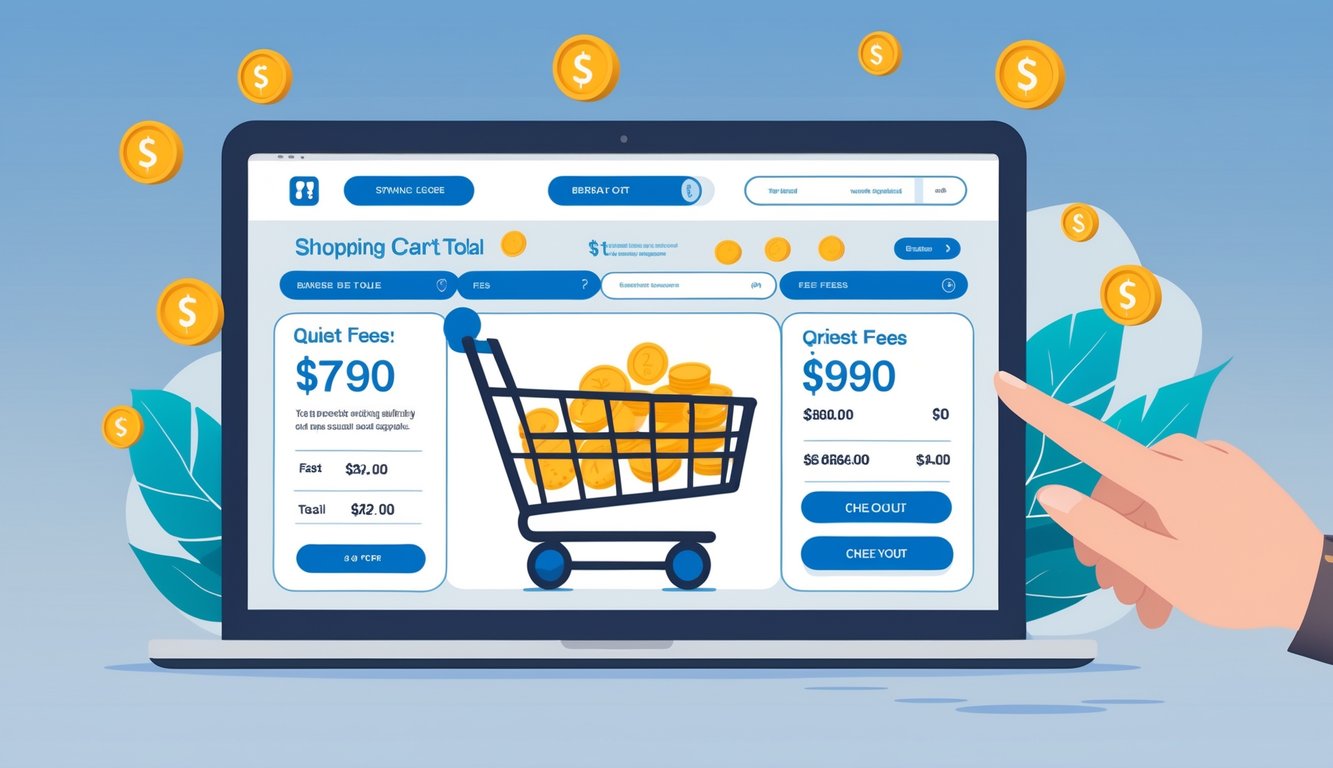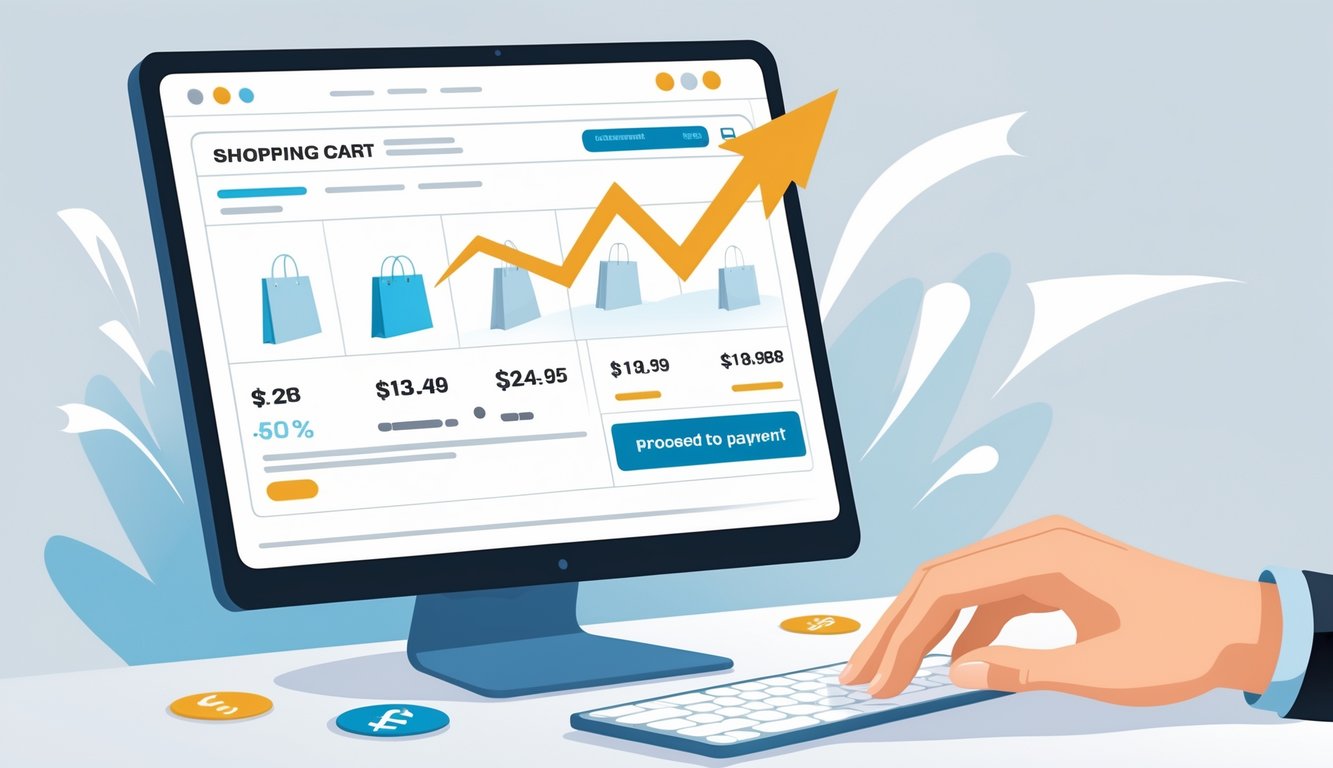
Impact of Quiet Fees on Online Shopping Behavior

I’m mashing the checkout button for those sneakers, and suddenly there’s a “service fee.” The new total hits, and I just get that sinking feeling. These little fees might look harmless, but they’re basically a dealbreaker—for me and, apparently, everyone else.
Increased Cart Abandonment Rates
Nobody talks about those days when you load up your cart—vitamins, headphones, blender, whatever—and then just leave. I do it all the time. Industry numbers say the cart abandonment rate is somewhere between 75.5% and 81% for online stores, according to ScienceDirect. That’s four out of five people bailing the second extra fees show up.
Delivery, “processing,” “service” fees—whatever you call them—they just push people away. There’s a term for it: “sticker shock.” Researchers from Listrak and Adobe keep pointing out how extra fees kill the mood. One minute I’m ready to buy, next minute I’m gone. Cart total jumps, trust drops, and those sneaky fees win.
Effect on Conversion Rates
Conversion rates? Forget it. My enthusiasm gets wiped out at the last step—$7 “convenience” fee for groceries? Nope. Some fashion sites see double-digit drops in conversions as soon as the fees show up.
I’ve watched A/B tests where brands hid fees until the end, and people just bailed. Only showing all costs up front actually helps. This LinkedIn article says fees are like invisible walls, and I agree. Sometimes I wonder if flashy discounts even matter as much as just not hitting me with secret charges at the end. Shoppers aren’t stupid—they see it coming.
The Checkout Process: Where Fees Emerge
Without fail, by the time I’m ready to pay for my sneakers and maybe some protein powder, random fees start crawling in. There’s this weird thing with checkout “paths”—either I can pay as a guest, or I have to jump through hoops and create an account. Sometimes I’m not even sure what I picked.
Guest Checkout Versus Account Creation
All I want is to buy a phone charger or some socks, but suddenly I have to decide: guest checkout or “make an account.” Baymard Institute says around 24% of people just abandon their carts if they’re forced to sign up. I’m not looking for a lifelong relationship with every candle store I shop at.
Guest checkout isn’t really “guest” most of the time. There’s always a sneaky “just your email for the receipt” thing, and then the marketing emails start. I’ve noticed PayPal and Apple Pay only show up if you check out as a guest, not if you’re logged in. Why is that? Apparently, letting people use those options boosts conversion by 10–20%. Still, even as a “guest,” I get hit with the same old upcharges.
Mandatory Account Creation Barriers
Ugh, here we go. I’m right there, finally ready to check out—literally have my card out—and suddenly, “Please create an account.” Why does every site think I want to join their little club just for a one-off purchase? Have these folks ever panic-bought a gift at 10pm? Doubt it. Anyway, the Baymard Institute (yeah, them again) says this nonsense drives almost 70% of people to abandon their carts. I believe it.
And it’s never just name and email. No, now I need an uppercase, a symbol, a blood sample, and, oh, CAPTCHA—like I’m hacking the Pentagon, not buying socks. Plus, somehow, after the login, the price goes up? I saw a $12 “exclusive member advantage” pop up once. What’s that even mean? Personalization, my foot. Just feels like they want to see how fast I’ll rage-quit.
Complicated Versus Streamlined Checkout
Honestly, the more expensive my cart, the more hoops I jump through. Why? I bought $12 sunglasses last month—five screens, three add-ons, two “are you sure?” popups, and taxes that showed up only at the bitter end. Felt like a trap. Price transparency? Not a thing.
Now, if checkout’s slick—like Google Pay’s “One Tap” or Shop Pay—it’s five fields, done, no matter what I’m buying. But if there’s no express pay, I brace for hidden fees. Retailers design these flows to rush you past the sneaky stuff. More steps, more hiding spots for junk charges. I check my total after every click now. Paranoid? Maybe. But, burned once, you learn.
User Experience and Perceived Value at Checkout

Why does the total always jump by $12 right before I finish? I’m three steps in, and suddenly, surprise! My trust tanks, and I’m way too obsessed with charge breakdowns for someone who claims not to care about budgeting.
Transparency in Pricing
Tap, tap, squint—oh look, “convenience fee.” That sure wasn’t there before. Baymard says 17% of people quit when they see last-minute fees (here’s their checkout usability research). It’s like a game for these sites: “Will they notice the ‘processing’ fee?” Spoiler: Yeah, I always do.
Just show me the whole price up front. Is that so hard? I want my coffee money for coffee, not surprise charges. Nielsen Norman Group keeps warning everyone that hiding costs just nukes trust and makes people bail (see their reports). I’d rather know early and quit than get burned after typing my card in. And those reward points? Still not sure if they’re real or if I hallucinated them.
Communication of Shipping Information
Shipping, right. Why does “estimated delivery” always mean “maybe next week, maybe next month, who knows”? Add earbuds to cart, and suddenly it’s “8-15 business days”—but you don’t see that until you’re almost done. Half the time, I have no idea what shipping options even exist.
UX Team’s research says unclear shipping info makes people bail. Yeah, no kidding. If “standard shipping” means anything from two days to three weeks, I start picturing endless customer service emails. Just say, “$6 flat, 2-4 days, signature required if your neighbor’s home.” Easy. I’d pay a little extra just to know what’s up. Nobody wants surprise overnight quinoa delivery, but at least tell me it’s coming.



